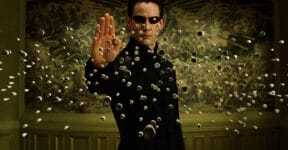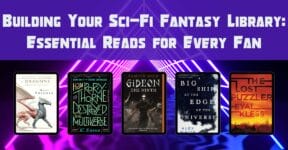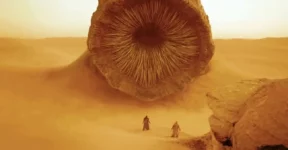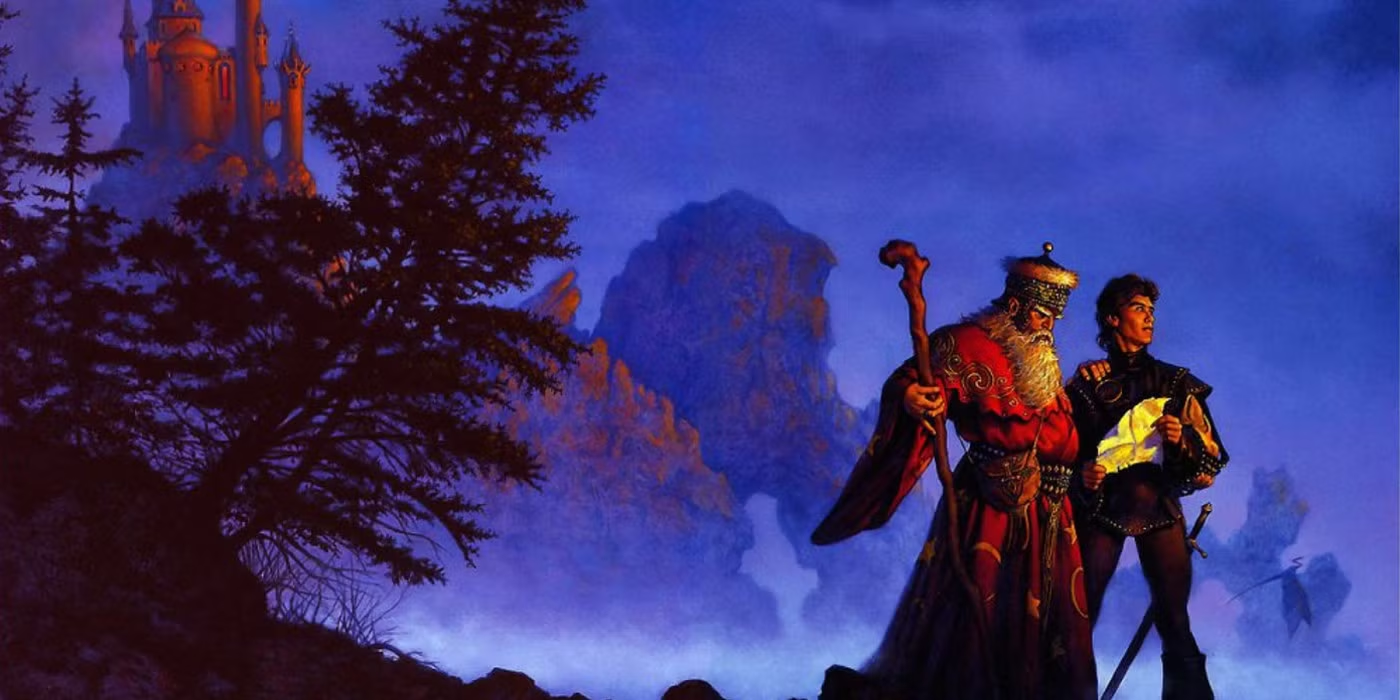When you think of “urban fantasy,” shows like True Blood and Hellboy likely come to mind—supernatural beings navigating the complexities of modern society. But what happens when you blend urban fantasy with science fiction? Enter the captivating realm of urban fantasy sci-fi.
This genre mashup combines the magical elements of urban fantasy with the futuristic settings of sci-fi. Imagine Alice Through the Looking-Glass set against the backdrop of Silicon Valley. Urban fantasy sci-fi offers a plethora of imaginative landscapes where magic, technology, and city-dwellers collide. Let’s explore a few:

Cyberpunk Cities
Cyberpunk’s neon-drenched, technologically saturated urban environments are a natural fit for urban fantasy sci-fi. Picture bustling cityscapes filled with holographic advertisements, towering skyscrapers, and fashion-forward citizens. Cyborgs might shop alongside humans, and flying cars could be commonplace. This high-tech world provides a compelling backdrop for magical intrusions. Imagine hackers casting spells instead of writing code, or supernatural creatures wielding advanced technology.
Dystopian Futures
While often intertwined with cyberpunk, dystopian futures offer a distinct setting for urban fantasy sci-fi. Dystopian narratives typically depict societies in decline, often due to unchecked technological advancement. In these collapsed worlds, magic can either blend with technology, becoming the hidden power behind futuristic innovations, or clash with it, offering a last bastion of hope for humanity against oppressive technology.
Underground Domains
Subterranean settings can also provide fertile ground for urban fantasy sci-fi. Imagine a network of tunnels and chambers beneath a futuristic city, perhaps a refuge from a post-apocalyptic surface, a hidden sanctuary during wartime, or a stronghold for magic users against a technologically superior force.
Beyond These Landscapes:
These three core settings—cyberpunk cities, dystopian futures, and underground domains—offer a starting point for countless other imaginative possibilities. Think megacities on magical alien planets, hidden supernatural realms within a metropolis, or urban areas bordering enchanted forests. While science fiction traditionally avoids magic, the skillful blending of these elements through worldbuilding and character development can create compelling narratives.
What are your thoughts? Can science fiction and urban fantasy seamlessly integrate elements of horror, romance, or comedy? What’s your favorite genre mashup? We’d love to hear from you!
Other Things You Might Want to Know
Is Tron considered urban fantasy sci-fi?
Tron, with its virtual world and advanced technology, leans heavily towards science fiction. However, the interaction between the physical and digital realms could be interpreted as a form of fantasy, with the digital world visually presented as a magical land.
Urban Science Fantasy for Children:
While not abundant, excellent examples exist: Rick Riordan’s Percy Jackson and the Olympians series, Eoin Colfer’s Artemis Fowl series, Jeanne DuPrau’s The City of Ember, and films like Zathura: A Space Adventure and The Spiderwick Chronicles.
Urban Science Fantasy with Horror Elements:
Stranger Things immediately comes to mind, blending otherworldly creatures with a small-town setting. The film Dark City also offers a compelling mix of psychological horror, alternate reality, and extraterrestrial elements within a tech-noir urban environment.


